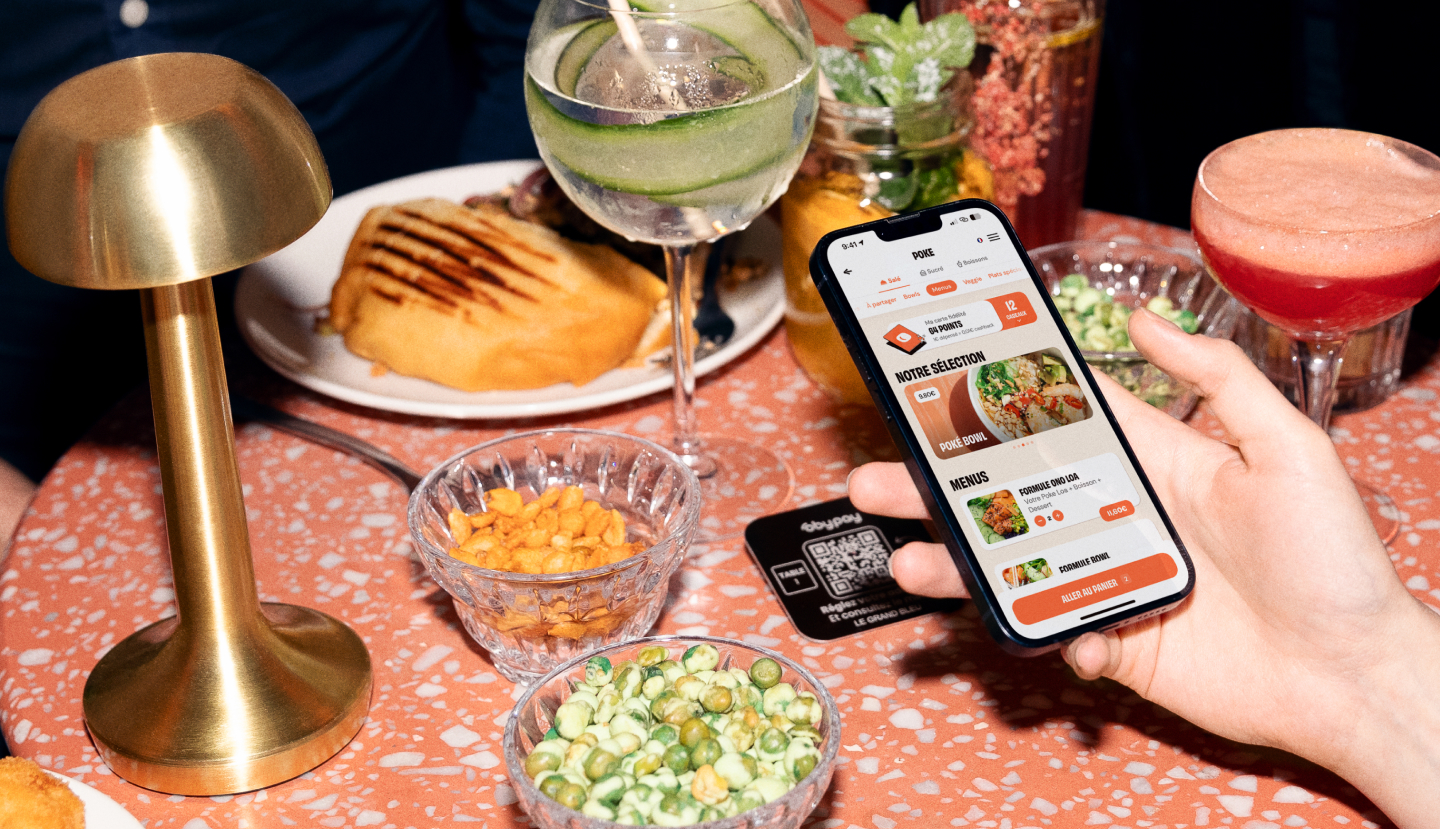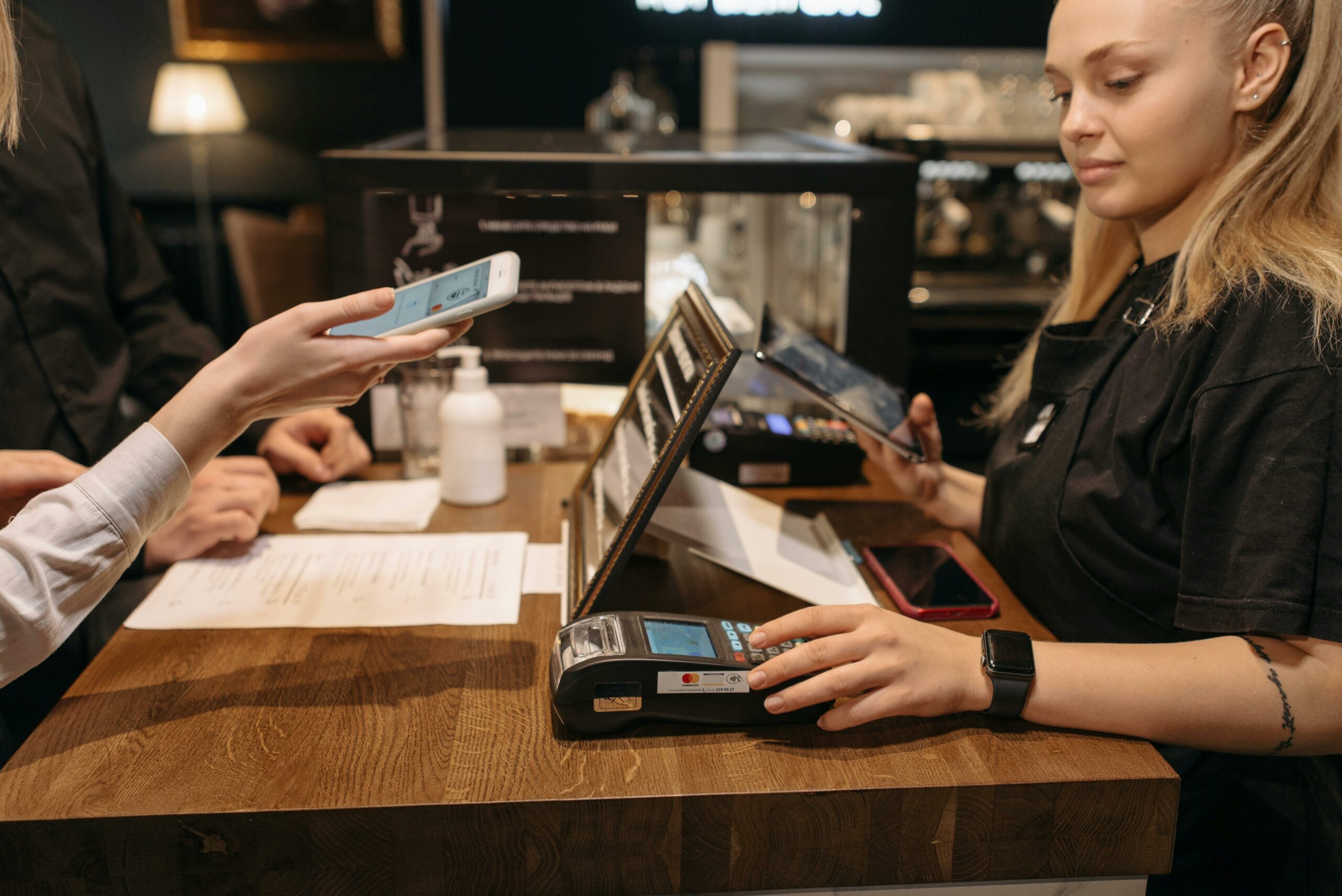Independent restaurants VS chains: which digital solutions suit your business model?
09 June 2025
You may have already seen this ultra-complete ordering app used in a large chain. Or that kiosk installed in a small neighborhood restaurant. And you've wondered: is this what I need, too?
On paper, digital tools can do it all: cash in faster, automate orders, centralize data and build customer loyalty. But in reality, it all depends on your organization.
What works in a well-structured network can become a headache in an independent restaurant. And conversely, what's hyper-simple on a small scale can quickly show its limits when you expand to 10 or 20 outlets.
A common mistake is to try to stick to what "the neighbor" is doing, without taking into account your own constraints.
➜ Is the tool suited to the way you work?
➜ Does it really simplify your daily life?
➜ Can your teams use it easily, without spending hours on it?
In this article, we sort it all out. While the challenges are the same for all restaurateurs, the needs are very different.
We'll help you ask the right questions, identify what's really useful to you, and choose the right tools for your model.
Challenge #1: improve the customer experience
The self-employed: streamlining the customer experience without weighing down processes
You don't have 15 people in the dining room to manage orders, cash receipts and customer queries.
A recurring theme in the field:
➜ customers who wait too long to order
➜ errors caused by on-the-fly order taking
➜ service that slows down when the room is full
The right thing to do is not to digitize everything at once, but to choose the right levers to streamline the process without disrupting your way of working.
For example:
✔ A QR code that adapts to your needs : simple menu, direct drive, payment at table or at the counter
✔ One Self ordering kiosk to relieve congestion at reception without monopolizing an employee
✔ A fast checkout system that avoids queues and miscalculations
The idea is to make it easy to set up, quick to learn, and useful from the very first service. There's no need to rethink everything, just to save time where things get stuck.
Chain stores: standardizing the experience across all outlets
When you manage several establishments, the customer experience must remain consistent, regardless of the city or the team in place. It's not just a question of image: it's what keeps your customers coming back for more.
The customer journey must be designed to be reproducible, measurable and modifiable on a large scale.
What it means:
✔ A digitalized card, synchronized at all points of sale
✔ A stable ordering path: at a kiosk, online or via a dedicated app
✔ One loyalty logic that follows the customer to all your locations
Objective: limit variations from one site to another, avoid parameterization errors, and facilitate the work of teams by giving them a clear framework.

Issue no. 2: optimize operational management
Self-employed: save time with simple, effective tools
When you run an independent restaurant, the challenge is not to multiply the number of tools, but to organize yourself better with what you've got. Above all, you're looking to save time on time-consuming tasks, without spending your evenings managing Excel exports.
Some common situations:
➜ A map change that takes time to update on the various paper supports, or even a map that is not always up to date
➜ Difficult-to-spot cash-in or inventory errors
➜ A lack of visibility on what works (or doesn't) in theatres or takeaways
The right tools help you to steer more clearly:
✔ Intuitive management interface to modify your products in just a few clicks
✔ Real-time sales tracking, accessible from your phone
✔ Automatic synchronization with your cash register software to avoid double entries
No need for an ultra-complex tool: look for a solution that saves you time on a day-to-day basis, and doesn't require three days' training to get up and running.
Plant chains: large-scale business management
As soon as you manage several sites, management becomes a subject in its own right. It's no longer a question of simply "saving time": data must be centralized, tasks distributed, and a clear vision maintained of what's happening in the field.
The stakes :
➜ harmonize processes to avoid discrepancies between outlets
➜ track key indicators: average basket, best-selling products, rush hours
➜ delegate without losing your grip
To answer these questions :
✔ a consolidated dashboard, with multi-site view
✔ differentiated access according to role: head office, manager, field team
✔ seamless integration with accounting and personnel management tools
The goal: make better decisions, faster, with reliable data.
Challenge #3: build customer loyalty
Self-employed: focus on proximity and direct relationships
You know your customers by their first names. You know who always takes no onions, who comes with his colleagues on Thursdays, and who likes to chat at the end of the shift. This is your strength: you don't need an ultra-structured program, but a tool that supports this link.
What we often observe:
➜ spontaneous loyalty, but difficult to track over time
➜ offers launched orally or on a case-by-case basis, with no real database
➜ few (or no) customer reminders when the room empties
Simple levers can structure all this:
✔ one digital loyalty programwhich does not require the management of physical cards
✔ tracking passages to identify regular customers
✔ of one-off SMS or e-mail campaigns (e.g. customer inactive for 30 days, birthday...)
Objective: keep your customers coming back without becoming a "brand". Just keep the link you already have, and strengthen it with simple tools that can be activated when needed.
Chain stores: activate loyalty on a large scale without losing the link
On a large scale, loyalty is built on two fronts: program consistency, and the ability to personalize reminders according to habits. You have hundreds, even thousands of customers: it's impossible to do everything by hand, but you don't want to fall into cold, impersonal mechanics either.
Challenges :
➜ track customers across multiple locations without duplicates
➜ keep engagement rates high despite volumetry
➜ adjust offers without saturating mailboxes
The right tools will :
✔ one centralized loyalty programwhich operates in all plants
✔ of customer segments by frequency, basket or purchase channel
✔ automated campaigns, with customized triggers (return after 3 passes, relaunch after a period of inactivity...)
The goal: maintain relationships without drowning customers. And above all, to give field teams a simple tool for identifying and rewarding the right profiles, without having to go through head office every time.
Independent or chain: tailor-made solutions for your challenges
If you're self-employed, you need a tool that's simple, quick to set up, and useful right from the first service. You don't want to waste time configuring a complex system. What you need is a solution that helps you move faster, serve better, and stay in touch with your customers.
If you manage a chain or a group, your priorities change: managing several sites, monitoring performance, harmonizing customer paths. You need structured tools, designed to evolve without slowing down service.
At Obypay, we don't impose a model on you. We adapt the solution to your needs.
Whether you have 1 outlet or 50, our goal remains the same: to save you time, simplify management and deliver a seamless customer experience.













